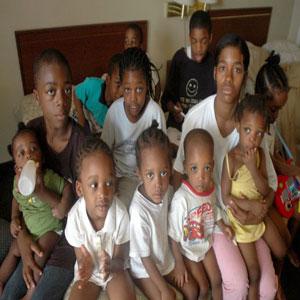
Everyone knows about the Welfare Queen. She’s that underachieving mother who supposedly lives a lavish lifestyle with income received solely from government handouts.
Now close your eyes, how do you envision this Welfare diva? Do you see a black woman or a white woman?
Whether from racism or repeated exposure to the image, many see the visage of a black woman. Very seldom does anyone first think of a white woman or any Caucasian for that manner when they think of welfare recipients. It’s an image that over the years was drilled into us by society says, Dr. Martin Gilens, a Princeton political scientist professor.
In his book, “Why Americans Hate Welfare: Race, Media and the Politics of Antipoverty Policy,” Gilens says the perception that blacks are lazy has a large effect on white Americans welfare policy preferences than economic self-interest.
Using a random survey, he found that poor blacks are often more associated with welfare than poor whites. Gilens says these stereotypes have long been a part of American culture and continue to dominate the current landscape. And that perception has been fueled largely by the media. However, there was a period when discussions of American poverty ignored blacks altogether.
“I find that until the mid-1960s, poverty appeared overwhelmingly as a ‘white problem’ in the national news media,” Gilens says from a section in his book. “But in a very brief period, beginning in 1965, the media’s portrayal of American poverty shifted dramatically.”
He said the most obvious reasons for this change has to do with the Civil Rights Movement, the urban riots, and the political climate during that period. Also, as more blacks moved north, they gained more media exposure as welfare recipients.
“As news stories about the poor became less sympathetic, the images of poor blacks in the news swelled,” Gilens says. “If you look at certain statistics, the belief that blacks are poorer than whites is an accurate perception. The gap between black and white wealth is still a substantial one.”
According to data from a 2009 Pew Research Center study, the median wealth of white households is 20 times that of black households and that is neither a label nor a stereotype, it is a fact.
